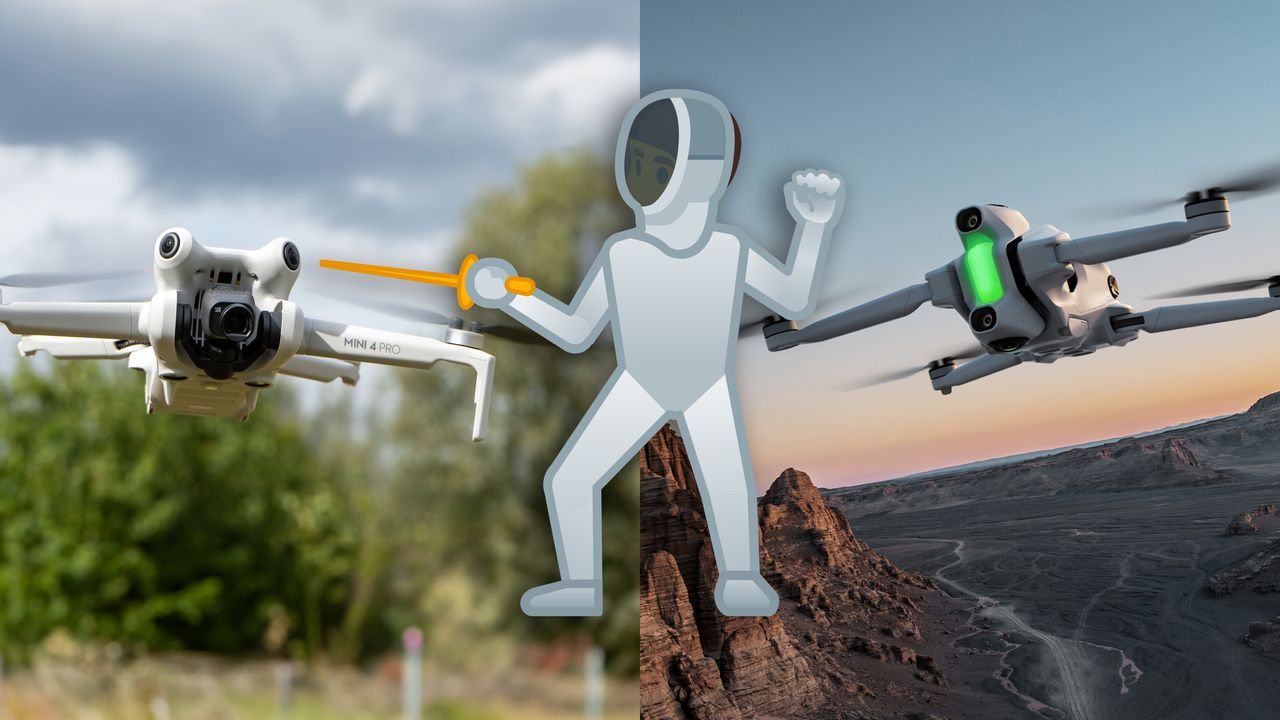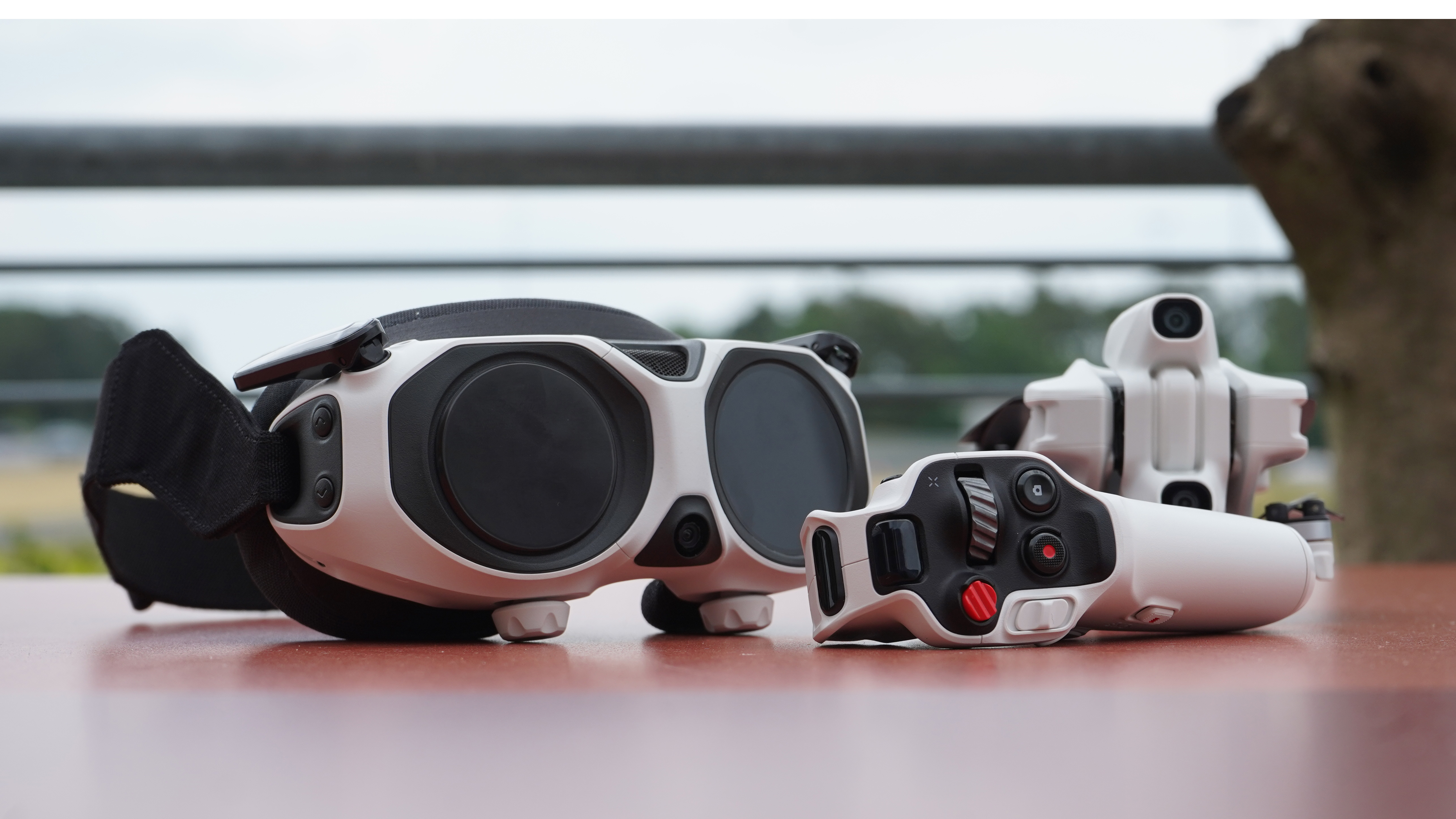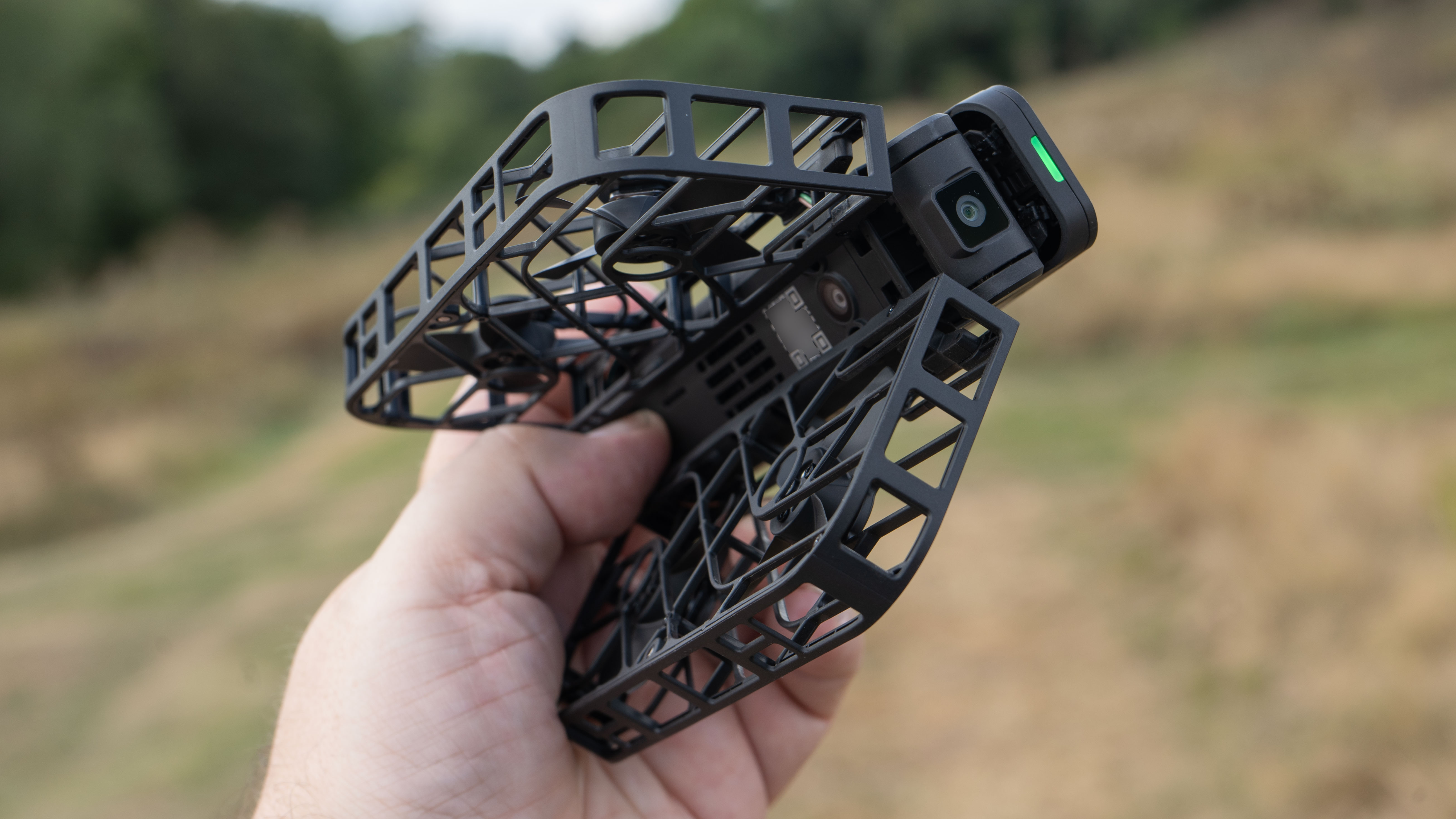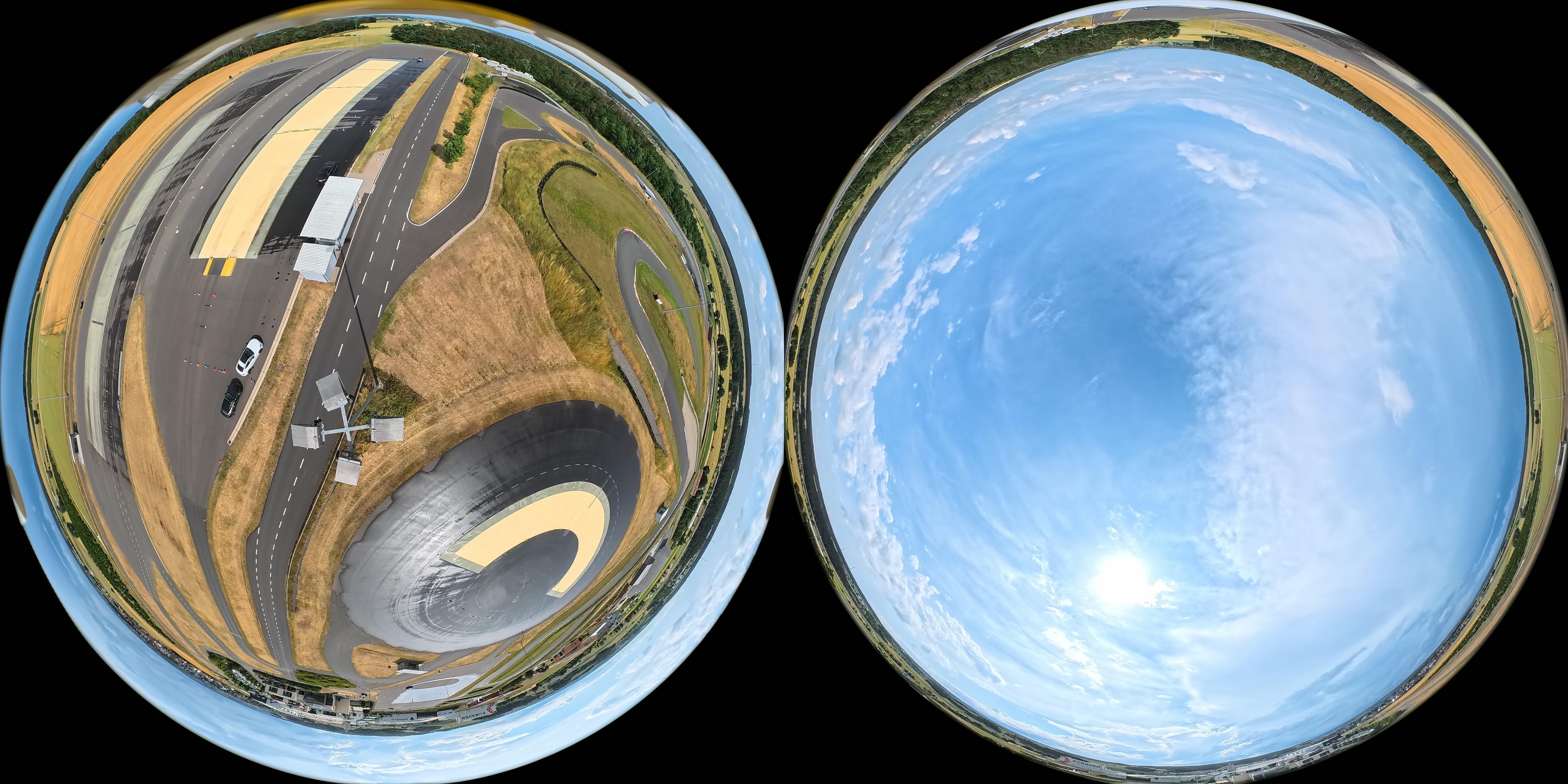
I've been flying drones since you had to build them yourself from parts, and I've seen companies come and go. But one company has stood out more than any other: DJI. Now it looks like it might be facing a serious competitor in the form of an aggressive new player, Antigravity – which made its debut with the world's first 360 camera drone.
This new battle – and make no mistake, it is a serious war, being fought on several fronts – is great news, too. Right now it looks like it's going to improve a lot of product categories, including drones, compact cameras, action cameras and 360 cameras (which might, in themselves, be the cameras that destroy all cameras!).

Of course, there have been new drone companies with bright new ideas before. And there have been other companies that have made a big splash in the drone world before disappearing with their tail between their legs.
Most notably, of course, that would be GoPro. The company's Karma drone was a notable disaster; early versions fell out of the sky frequently enough for the company to need to issue a recall and the brand never recovered.
It didn't help, however, that GoPro's design seemed built around selling more GoPro cameras, and so had to carry extra weight. Consumers recognized the sense of DJI's approach – building the camera in – and that brand went from strength to strength. So much so, in fact, that DJI's primary competitor in recent years has been the legal system.

When a market has a dominant force, things tend to stagnate a little. DJI was forced to bring in new technologies, and to adapt to safety regulations by reducing weight. But the first significant change seen in years came after the arrival of the HoverAir X1 drone when DJI responded with the DJI Neo.
On that occasion, the driver of change was a successful and affordable implementation of automatic tracking; the user no longer needed a controller if they didn't want it, and the drone could act like a robotic buddy taking a selfie for them.
That was a big step after years of more and more slightly better cameras or safety improvements, which are sometimes hard to be very excited about (especially for those of us who don't usually fly into things anyway).
With the advent of a 360 drone, Antigravity's new 'great leap forward' is, I think, just as significant as the automatic tracking drones – perhaps more so.
The ability to shoot video and reframe it after the fact means you can pilot a drone without having to worry about controlling the camera – which, in turn, means you can get amazing action shots without needing to spend ages perfecting the skill set.

At this point, the benefits of 360 cameras are only just starting to be understood by the wider camera market – so building a drone around the tech meant solving a lot of problems, but in turn the result is a unique product. And uniqueness is interesting.
I'm sure it is also no coincidence that the company most recently following the lead of Insta360 (incubator of Antigravity) is DJI itself, with its brand new Osmo 360.
As an aside, it also seems clear that both companies are going after each other's territory. Now that's a bit of competitive fuel to the fire and no mistake! It seems likely that, at least while both companies are developing products and looking for an edge, there will be advancements, which can only be good for consumers.

Anyway, the big question is, will the arrival of Antigravity with a new control system trigger a real war between drone brands, or will it just cause a ripple in the pond?
I think this is big, not just because we're looking at a significant new technology but because DJI is facing a difficult legal environment in the US – which might seriously impact the company's income. If nothing else, it too will need to find a new brand to sell under (if it hasn't already), which means there will be a cleaner slate for many consumers.
There is also nothing to say that Antigravity's A1 will be its only product. Clearly a drone requiring goggles is something of a premium device, as it incorporates extra devices, so isn't the cheapest to manufacture. But there is no reason the brand shouldn't be home to an 'Antigravity Light' or some such. There are also a lot of letters and numbers left after A and 1!
So DJI is slightly embattled – potentially banned from releasing new products in the USA by 2026, while Antigravity has caught it on the hop when it comes to a technology.
The new drone's video results are striking and look spectacular on social media, and there is a certain irony that DJI is promoting what can be achieved with 360 video for its very much non-flying Osmo 360.
That seems to me enough to create a permanent additional fixture in the market – even if Antigravity will not have as many answers to specific problems as DJI with its complete range of beginner, consumer, professional and commercial products.
If Antigravity has the staying power, though, the tech certainly has the potential to grab attention. Given the scale of Insta360's recent market flotation, it certainly has the right friends, too. In a year I think we'll all have a good idea…
You might also like…
Check our guides to the best camera drones and the best 360-degree cameras, and read about my hands-on experience with the Antigravity prototype.







